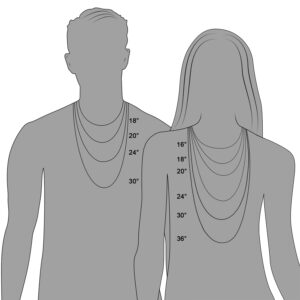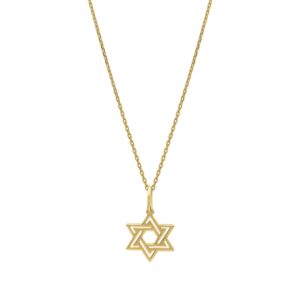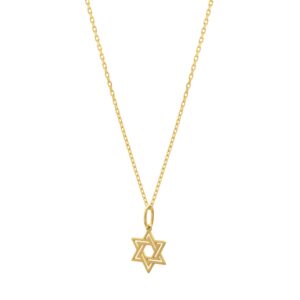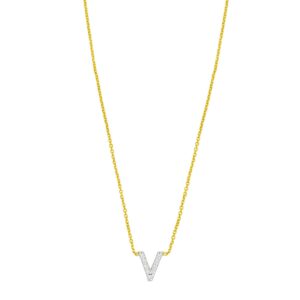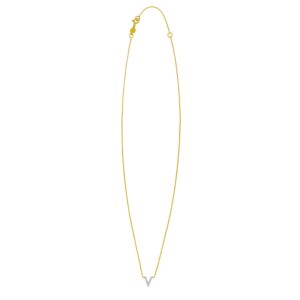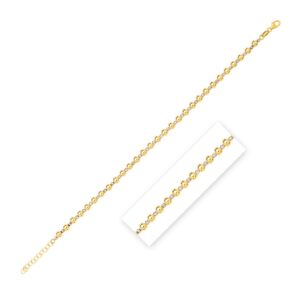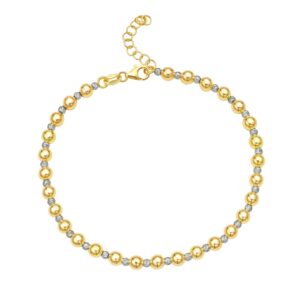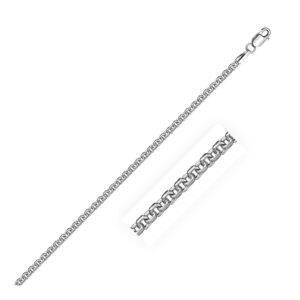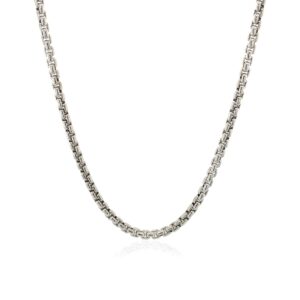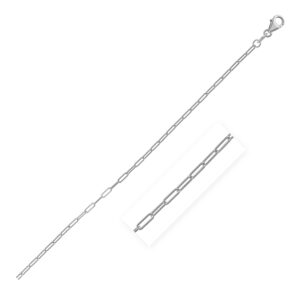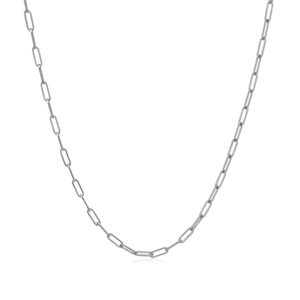Want to rock a cute belly button piercing?
Then go ahead!
However, we can see why you’re a bit hesitant, especially if you don’t know what to expect with this type of body piercing.
Well, welcome to your complete guide to belly piercings.
Here, we’ll tell you everything you need to know before and after, including:
- Types of belly piercings
- What gauge is a belly piercing
- What materials and jewelry are used for belly piercings
- How much is a belly piercing
- Can you pierce your own belly
- Is belly piercing painful
- How long does it take a belly piercing to heal
- What are the belly piercing side effects
- How to treat infected belly piercing
- How to clean belly piercing
- When can you change your belly piercing
As you can see, there’s a lot we’re going to cover, so let’s get started right away!
Step into our collections and see what suits your style best:
Types of Belly Piercings
As you’ve probably seen, there are LOTS of different types of belly piercings.
So to help you pick the one for you, let’s go over these types and their belly piercing names.
This type is called the curved barbell. As the name implies, it is a slightly curved barbell, with one end inside your belly button, while the other end is above it.
Flip the barbell over and you get the inverse belly piercing. This is like the curved barbell, except it’s a bottom belly piercing and it isn’t curved.
Then we have the dangle belly button ring. This is a dangling piercing, usually with an ornament attached to the tip of the ring.
This is for those that have an outie — a belly button that is popping out. It’s called the true navel piercing.
Four piercings in a straight line are called the double navel piercing. It’s almost like a combination of the curved barbell and inverse belly piercing.
Two piercings that go above the belly button are known as a horizontal belly piercing.
This is the double horizontal belly piercing. The two piercings are placed on both sides of the navel with a long barbell joining them together.
Finally, we have the multi-navel piercing. Here, four barbells are surrounding the navel. The tips are all stuffed inside the navel.
Of course, these are only the most common types of belly piercings. You can go against these and go crazy with your piercing design.
What Gauge is a Belly Piercing
When we talk about gauge, we mean the size or thickness.
Now, the standard for belly piercings is 14G. That’s around 1.628mm.
If you want it thicker, you can go for a 12G (2.053mm) or 10G (2.588mm).
What if you want it thinner?
It’s not advised, especially if it’s your first piercing. This is because your body will get confused and might reject it. Not only that, but thinner gauges are more susceptible to tears and migrations.
But if you insist, you can get a 16G (1.291mm) once your piercing is fully healed.
Belly Piercing Material and Jewelry
What material is usually used for belly piercings?
If you go to a professional piercer, they will most likely use surgical stainless steel. The reason for this is that this material is a low irritant and low in allergic reactions. In other words, it’s the safest metal to put in your body.
Plus, surgical stainless steel is affordable and comes in many different styles.
Other materials you can go for are sterling silver, 14k gold, 18k gold, and high-quality titanium. To be sure, these are a lot more expensive, but it’s SO pretty.
As for jewelry, you can get a simple barbell or you can add dazzling jewels to your piercing. It’s all up to you.
Another thing. To avoid a belly piercing scar, make sure that the material is smooth. If not, your skin can grow back in the uneven areas. And if the jewelry moves, the skin just might tear, causing it to heal all over again.
How Much is a Belly Piercing
Before running out to a professional piercer, it’s important to know how much a belly piercing is. I mean, how much should you bring with you, right?
Now, we can’t give a specific number. There are too many factors to consider.
But we can give you an average.
We’d say it ranges anywhere between $30 to $75. This price range is for a basic belly piercing.
If you want a more complicated design, or a more expensive material and jewelry, then you’ll definitely have to pay more.
Professional labor should also be added to the factors. As you might expect, a more experienced professional will ask for a higher price.
All in all, we’d say bring around $150 to $200.
Can You Do Your Own Belly Piercing
Okay, we’ll start by saying it’s best if you don’t DIY a belly piercing.
However, if you insist, we recommend buying a belly piercings kit. This is because these kits already include the necessary gloves, the piercer, needles, piercing jewelry, and instructions.
Again, we strongly advise that you go to a professional if you don’t want any complications or infections.
Is Belly Piercing Painful
We guarantee that almost everyone worries about belly piercing pain once they lie down for the piercing.
But does it hurt?
Now, pain is a subjective matter.
Some say it’s just a slight stink. Others felt it a bit more.
To put it to rest, the belly piercing pain is bearable. In fact, it’s a lot less painful than ear piercings as the stomach area is fleshy.
So no need to worry too much about that.
How Long Does it Take a Belly Piercing to Heal
The belly piercing healing time can take anywhere between 3 months to a year. And yes, you want it to be fully healed, meaning both the outside as well as the inside.
Now, a lot of people mistake their piercings to be fully healed since the outside is already closed. But you never know about the inside.
So to be extra sure, give it at least 9 months to a year to heal.
That said, you can help the outside wound heal faster. You can do this by:
- Avoiding hot showers
- Wearing clean, loose clothing
- Avoiding exposure to the sun
- Cleaning the piercing regularly
How to Clean Belly Piercing
To avoid infection, you need to clean your belly piercing at least once a day.
Don’t worry, though, cleaning it won’t take much time at all.
Just follow these steps:
- Wash your hands with antibacterial soap
- Wash the pierced area with warm water
- Gently soap the piercing and the surrounding area for 30 seconds.
- Rinse thoroughly
- Soak the area in sterile saline solution for 5 to 10 minutes
- Pat dry with a soft paper product
Discover Our Recently Updated Jewelry
See the jewelry pieces that were recently updated with new styles and details. Explore elegant necklaces, bracelets, rings, and earrings.
- $514 This product has multiple variants. The options may be chosen on the product page
- $341 This product has multiple variants. The options may be chosen on the product page
- $348 This product has multiple variants. The options may be chosen on the product page
- $793 This product has multiple variants. The options may be chosen on the product page
- $831 This product has multiple variants. The options may be chosen on the product page
- $2,809 This product has multiple variants. The options may be chosen on the product page
- Price range: $213 through $280 This product has multiple variants. The options may be chosen on the product page
- $322 This product has multiple variants. The options may be chosen on the product page
- Price range: $326 through $697 This product has multiple variants. The options may be chosen on the product page
- $297 This product has multiple variants. The options may be chosen on the product page

